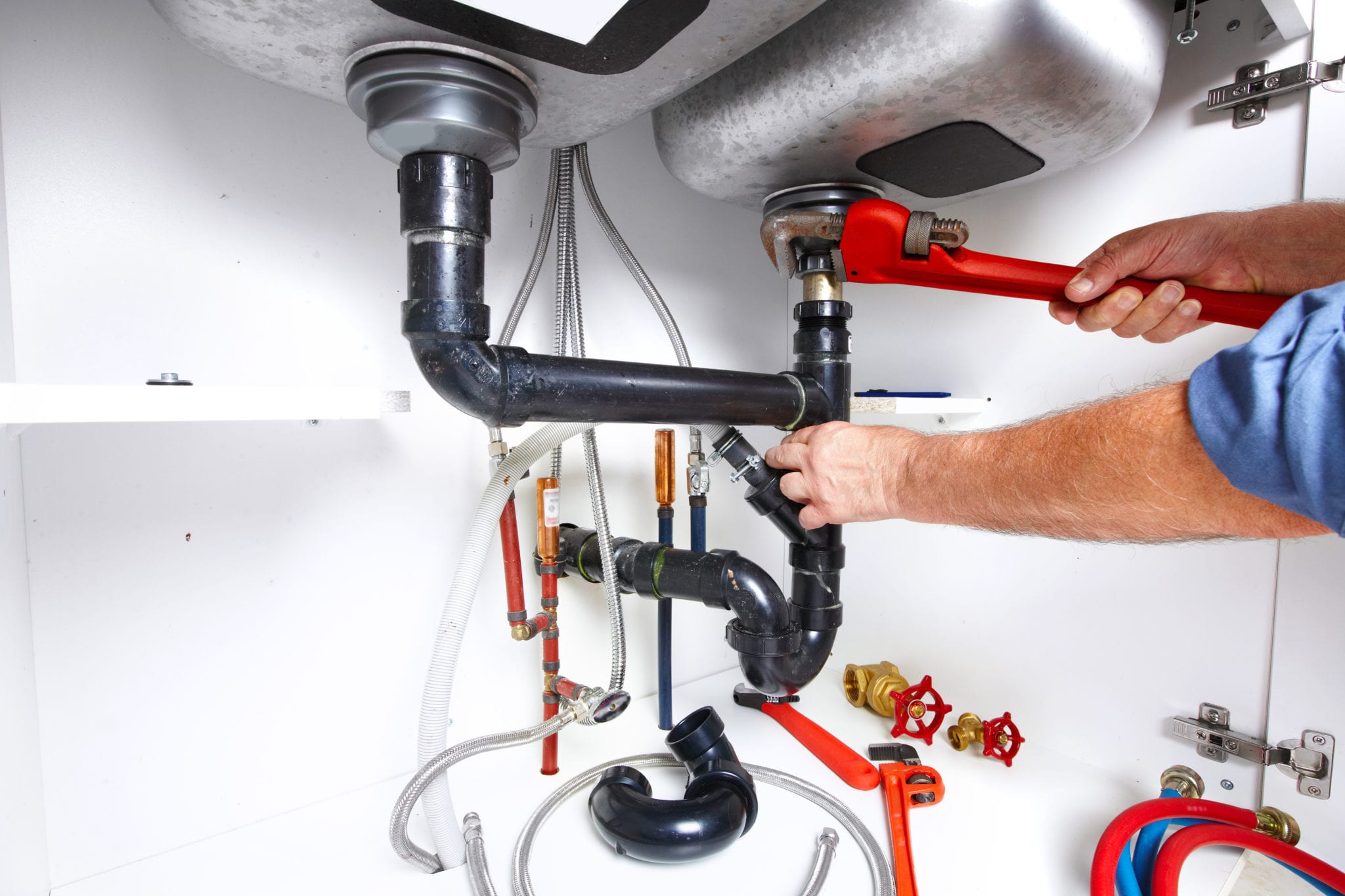Just about everyone will have their own opinions when it comes to Detecting hidden plumbing leaks.

Early detection of dripping water lines can alleviate a prospective disaster. Aside from saving you cash, it will lessen the worry as well as aggravation. The minute you discover a leak, calling your plumber for fixings is the very best solution. Nonetheless, some small water leakages may not show up. Here are some hacks that help if you can not find it with your naked eyes.
1. Analyze the Water Meter
Every home has a water meter. Checking it is a proven way that aids you find leaks. For beginners, shut off all the water resources. Guarantee no one will certainly purge, utilize the faucet, shower, run the washing maker or dishwasher. From there, most likely to the meter and watch if it will transform. Given that no person is using it, there must be no movements. That suggests a fast-moving leakage if it relocates. If you discover no adjustments, wait an hour or two and inspect back once again. This means you may have a sluggish leakage that could even be underground.
2. Examine Water Consumption
Evaluate your water expenses as well as track your water usage. As the one paying it, you need to notice if there are any kind of disparities. If you spot sudden changes, despite your consumption being the same, it implies that you have leaks in your plumbing system. Keep in mind, your water expense must drop under the very same array every month. A sudden spike in your bill indicates a fast-moving leakage.
At the same time, a constant rise monthly, despite the same habits, shows you have a slow-moving leakage that's additionally slowly intensifying. Call a plumber to extensively inspect your residential property, specifically if you really feel a warm location on your flooring with piping beneath.
3. Do a Food Coloring Test
30% comes from bathrooms when it comes to water consumption. Examination to see if they are running appropriately. Decrease specks of food shade in the storage tank and wait 10 mins. If the color in some way infiltrates your bowl during that time without flushing, there's a leakage between the tank and dish.
4. Asses Outside Lines
Don't forget to inspect your outdoor water lines as well. Test faucets by attaching a yard hose. Must water seep out of the link, you have a loosened rubber gasket. Change this and make sure all connections are limited. It will help obtain it properly analyzed and also preserved yearly if you have actually obtained a lawn sprinkler system. One tiny leakage can waste tons of water and also surge your water bill.
5. Examine and also Analyze the Circumstance
House owners need to make it a practice to inspect under the sink counters and also also inside closets for any bad odor or mold and mildew development. These two red flags indicate a leak so timely focus is called for. Doing regular inspections, even bi-annually, can save you from a major issue.
If you know your home is already old, keep a watchful eye on your heaters, hoses, pipes etc. Check for discolorations as well as deteriorating as the majority of home appliances as well as pipes have a life expectancy. They will also normally wear away as a result of tear and also use. If you think leaking water lines in your plumbing system, do not await it to rise. Call a professional plumber right away so you do not wind up with a horrible mess in your home.
Early detection of dripping water lines can alleviate a prospective disaster. Some little water leaks might not be visible. Checking it is a proven method that helps you uncover leaks. One tiny leakage can squander tons of water and also surge your water bill.
If you presume leaking water lines in your plumbing system, do not wait for it to rise.
WARNING SIGNS OF WATER LEAKAGE BEHIND THE WALL
PERSISTENT MUSTY ODORS
As water slowly drips from a leaky pipe inside the wall, flooring and sheetrock stay damp and develop an odor similar to wet cardboard. It generates a musty smell that can help you find hidden leaks.
MOLD IN UNUSUAL AREAS
Mold usually grows in wet areas like kitchens, baths and laundry rooms. If you spot the stuff on walls or baseboards in other rooms of the house, it’s a good indicator of undetected water leaks.
STAINS THAT GROW
When mold thrives around a leaky pipe, it sometimes takes hold on the inside surface of the affected wall. A growing stain on otherwise clean sheetrock is often your sign of a hidden plumbing problem.
PEELING OR BUBBLING WALLPAPER / PAINT
This clue is easy to miss in rooms that don’t get much use. When you see wallpaper separating along seams or paint bubbling or flaking off the wall, blame sheetrock that stays wet because of an undetected leak.
BUCKLED CEILINGS AND STAINED FLOORS
If ceilings or floors in bathrooms, kitchens or laundry areas develop structural problems, don’t rule out constant damp inside the walls. Wet sheetrock can affect adjacent framing, flooring and ceilings.
https://www.servicemasterbyzaba.com/blog/how-to-detect-water-leakage-in-walls/

As a serious reader on Leaking water lines, I thought sharing that blog post was a smart idea. Those who enjoyed our blog entry please make sure you remember to pass it around. Many thanks for going through it.